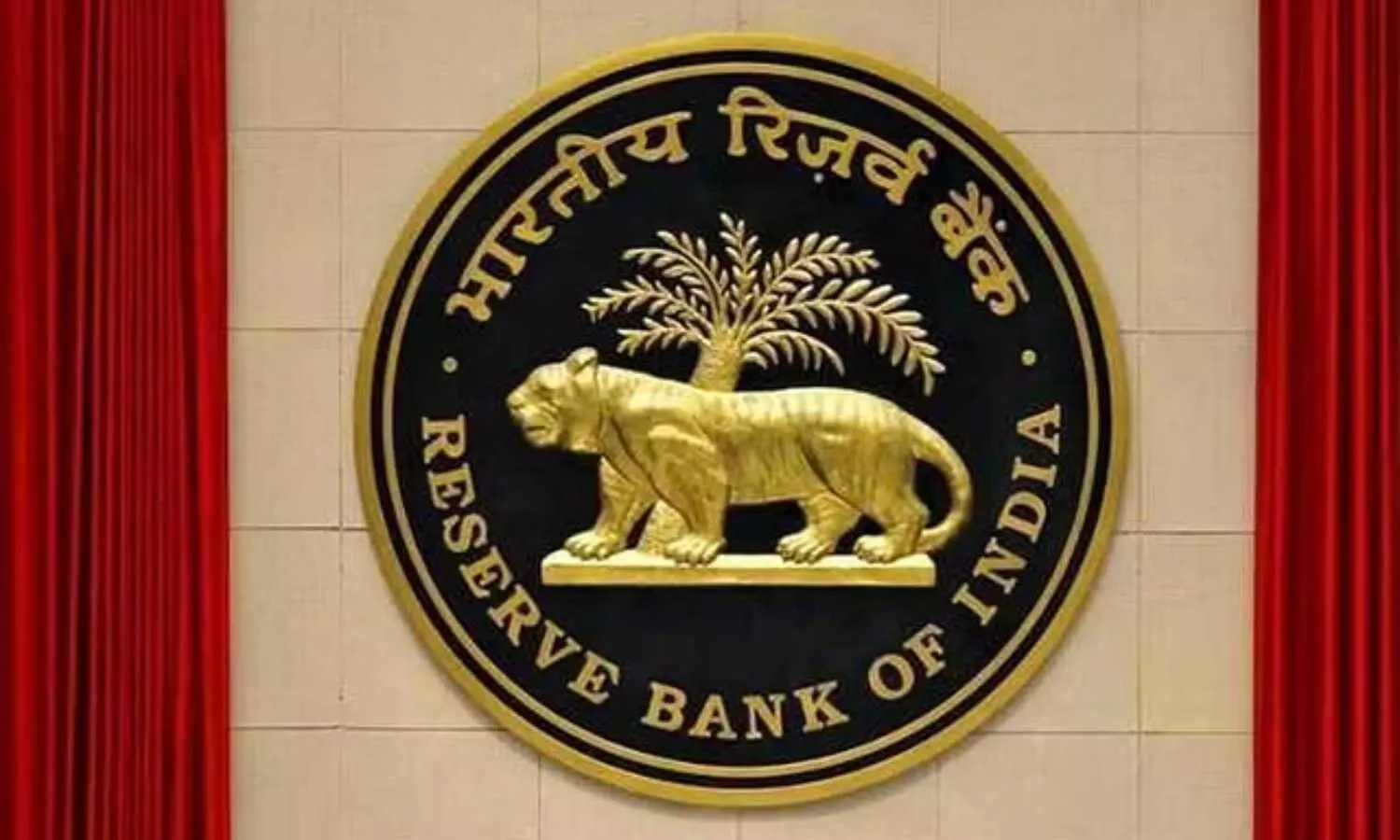RBI Instructs NBFCs to Disclose Rates of All Loan Products
The Reserve Bank of India has asked large non-banking finance companies (NBFCs) to disclose the interest rates charged on various loan products.
RBI Instructs NBFCs to Disclose Rates of All Loan Products

The Reserve Bank of India has asked large non-banking finance companies (NBFCs) to disclose the interest rates charged on various loan products.
These lenders are also mandated to get the interest rates approved by their respective board of directors.
NBFCs are now required to disclose various composite ceiling rates, which include interest rate, processing fee, insurance and other charges on various categories of loans including mortgage, vehicle, property, gold, education etc.
Amid a spate of incidents involving household indebtedness, the move is aimed at putting a lid on usurious interest rates levied by the NBFCs that have in turn given rise to retail loans in the recent years.
A senior industry official told Economic Times, “In a free interest rate regime, RBI cannot impose any caps, and it is not doing it. Technically, RBI has no role to play on lending rates that banks and NBFCs decide. But, there is a subtle pressure: once an NBFC spells out in black and white the highest charge on each type of loan, it would not be in a position to breach it.”
Regulatory officials held meetings with a number of NBFCs, following which important details were shared, sources said.
On the other hand, NBFCs are set to submit a matrix of rates to the central bank based on various parameters, which includes borrowers' credit score, Loan to value ratio, borrowers' loan repayment ability, loan tenure, market and liquidity conditions.
RBI didn’t issue any comments on the matter.
Another person said, “RBI probably suspects that some of the NBFCs are keeping the borrowers in the dark on the final rates. The regulator could construe this as a violation of its 'fair practices code'.”
Notably, household indebtedness is low in India, compared to various emerging economies, but the RBI has highlighted that it has been on its peak since past three years.
A report published by CARE, a credit rating agency in September said that financial liabilities clocked 5.8% of GDP in FY23, the highest in the last 16 years, which is significantly higher than the pre-pandemic average of 3.4%. Though surge in household debts due to investment in housing may not be an immediate cause for concern, it is essential to keep track of unsecured lending majorly driven by NBFCs and fintech firms, CARE said.

